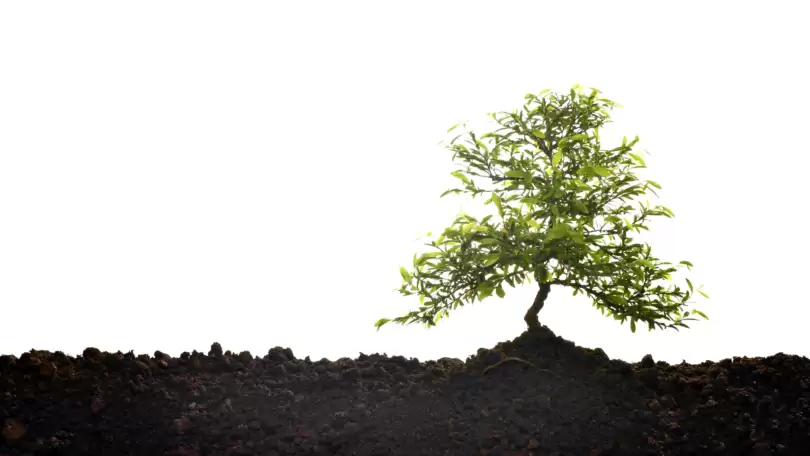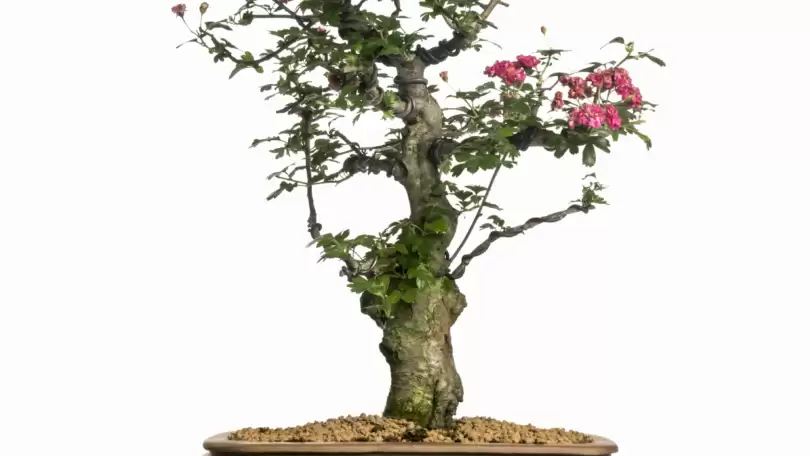Fertilizing, Watering, and Bonsai Pot for Beginners – Ultimate Explained
Introduction
In this article, I explain how to select a bonsai pot, fertilize bonsai, and bonsai water for gardeners of bonsai trees. Also, you can take a look at How To Start Your Bonsai Trees Journey.

Bonsai Pot – Selection
your bonsai tree’s health is always the most important aspect when selecting the right pot. A finished bonsai has often undergone years of refinement, so choosing the right pot is para-mount.
It should be large enough to accommodate the tree’s roots but not so large that it looks out of proportion. A general rule of thumb is to find a pot about 2/3 in length to that of the tree’s height. The pot should also have drainage holes to allow water drainage and aeration.
Masculine or Feminine
When choosing a pot, the aesthetics and energy of the tree need to be represented by the pot. For example, a masculine tree requires a masculine pot to support and enhance its display of strength and power.
A feminine tree needs a more delicate pot to reflect its more graceful beauty. The grace, smooth bark, sparse branches, and curves of a feminine tree would look best in an oval or round planter. In general, the sharp angles, rough bark, and dense foliage of a maple tree look best in a squared or rectangular pot.
Size
A general rule is that the pot should be of the same width as the trunk’s height above the Surface roots (Nebari). Oval and rectangular pots are the most popular shapes, but square pots are also used.
The pot must have drainage holes in the bottom and a wire mesh screen or filter to keep the soil from washing out. The size of the tree is also essential when choosing a pot.
Young trees should be potted in small containers, while larger specimens require larger pots. As the tree matures, it will need a proportionate pot to its size.
Design
As mentioned above, the pot’s design should match your tree’s degree of masculinity or femininity. The closer you get, the more harmonious and pleasing the combination will be. There are three schools of design that pots may fall into: formal, informal, and naturalistic.
Formal pots have a more geometric shape with clean lines and symmetry. They often have a single or dominant feature, such as a large lip or handle. Informal pots are less structured and more free-form, featuring curves and soft lines.
Naturalistic pots are the most realistic, resembling objects in rural settings such as baskets, bowls, or urns. The pot’s design should also match the theme of your bonsai display. If you use a formal pot, your tree should have a formal style.
If you use an informal pot, your tree should have an informal style. The same is true for naturalistic pots and trees.
Bonsai Water
Bonsai trees need to be watered regularly, as they have a shallow root system that dries out quickly. The watering frequency will depend on the type of tree, the size of the pot, the climate, and the time of year. Be sure to check the soil regularly and water when it is dry to the touch.
It’s best to water your tree using a watering can with a fine nozzle to get to those tight spaces under the tree and prevent soil from being washed away. As for humidity, most trees prefer a relative humidity of 40-60%.
Watering your bonsai tree is essential, but it is also easy to overdo it. This is a valuable method that my grandfather taught me all those years ago when determining moisture content, and it is simple to do;
Grab a handful of soil and squeeze it in your fist. If the soil stays in a clump and doesn’t crumble when you open your hand, then it’s too wet. If the soil falls apart in your hand and feels dry, then it’s too dry. If the soil holds together in a clump but feels moist, it’s suitable for your bonsai.
Knowing when to water will become more evident with experience. If it’s an inside tree, you can take your tree and place it in the kitchen sink to water thoroughly without creating a mess. Another method is to stick your finger into the soil 0.4″; water the tree if the soil is slightly dry.
Automated Watring Systems – Blumat and Gardena Microdrip
An automated watering system is another option for watering your bonsai with peace of mind, although it can be costly. These systems are helpful when you’re on vacation or for times when you can’t physically water your tree.
It may be necessary to water your tree twice a day in the summer months. There are a few different systems to choose from – I recommend looking at the Blumat or Gardena Microdrip for this watering solution if you find it difficult to tend to your bonsai daily.
These systems have their limitations, so be sure to research both systems carefully before purchasing. For instance, if you’re going on vacation and your tree will be left unattended for more than a week, it’s best to have someone check on it and water as needed, even with an automated system in place.
YouTube Bonsai
Fertilize Bonsai
Bonsai trees need to be fertilized regularly to stay healthy. I recommend using a fertilizer made specifically for bonsai trees. There are three essential elements in any fertilizer; Nitrogen, Phosphorous, and Potassium (NPK.)
Nitrogen increases the growth of leaves and green shoots, Phosphorous helps with root development, and Potassium helps with overall health and disease resistance. Be sure to follow the instructions on the fertilizer package for application rates. Many growers use different ratios of NPK for different trees and at other times of the year.
However, experts increasingly recommend using the same NPK ratio throughout the Bonsai growth cycle, which is a fertilizer called 10-10-10. 10-10-10 stands for the percentage of NPK found in the fertilizer, 10% Nitrogen, 10% Phosphorous, and 10% Potassium. 10-10-10 is considered a complete fertilizer because it consists of the primary nutrients.
When using 10-10-10, I strongly recommend using it at half strength with every watering during the growing season. I have seen fantastic results with my own bonsai using it in this way. Alternatively, many experts recommend using organic fertilizer as it decomposes and releases the nutrients slowly over time.
Most Bonsai trees should be fertilized during the growing season, early spring through mid-fall. Older and more mature trees may only need to be occasionally fertilized depending on their size and health. Indoor trees can be fertilized year-round, but don’t overdo the amount of fertilizer used. Be sure to wash any excess off of the leaves to prevent burning.





2 Comments